Clay tobacco pipe
Jonathan Leak, 1826–38
Archaeologists recovered 1,500 fragments of convict-era clay tobacco pipes like this one – known to the convicts as steamers – from underfloor and underground areas of the Hyde Park Barracks. Not just smoked by convicts, some were also made by convicts. A few, like this example, were marked with the moulded name ‘J. LEAK/SYDNEY’ – they were made by Jonathan Leak, who had been transported in 1819 at the age of 42 for burglary. As a trained potter from Staffordshire, Leak was put straight to work at the Government Pottery at Brickfield Hill, where he made a variety of earthenware pottery and tobacco pipes. He was granted a ticket of leave for good behaviour in 1822 and he set up his own pottery. Leak received his conditional pardon in 1828. Made from local clay pressed into a mould, this pipe was made after 1826, when Leak’s adult son Lewis arrived in the colony and probably brought the new moulds with him.
Leak sold his pipes for four shillings per gross (144 pipes), which meant they cost three pence each. Even after the markup that the pubs and shops added, most convicts could certainly afford to buy them with the coins they had earned by working on Saturday afternoons, or by gambling and selling cabbage tree hats and stolen goods. Many convicts enjoyed smoking as a welcome relief from the brutality and drudgery of convict life. Tobacco, which convicts called weed, was not part of their rations but was also available to buy in the pubs and shops.
More artefacts
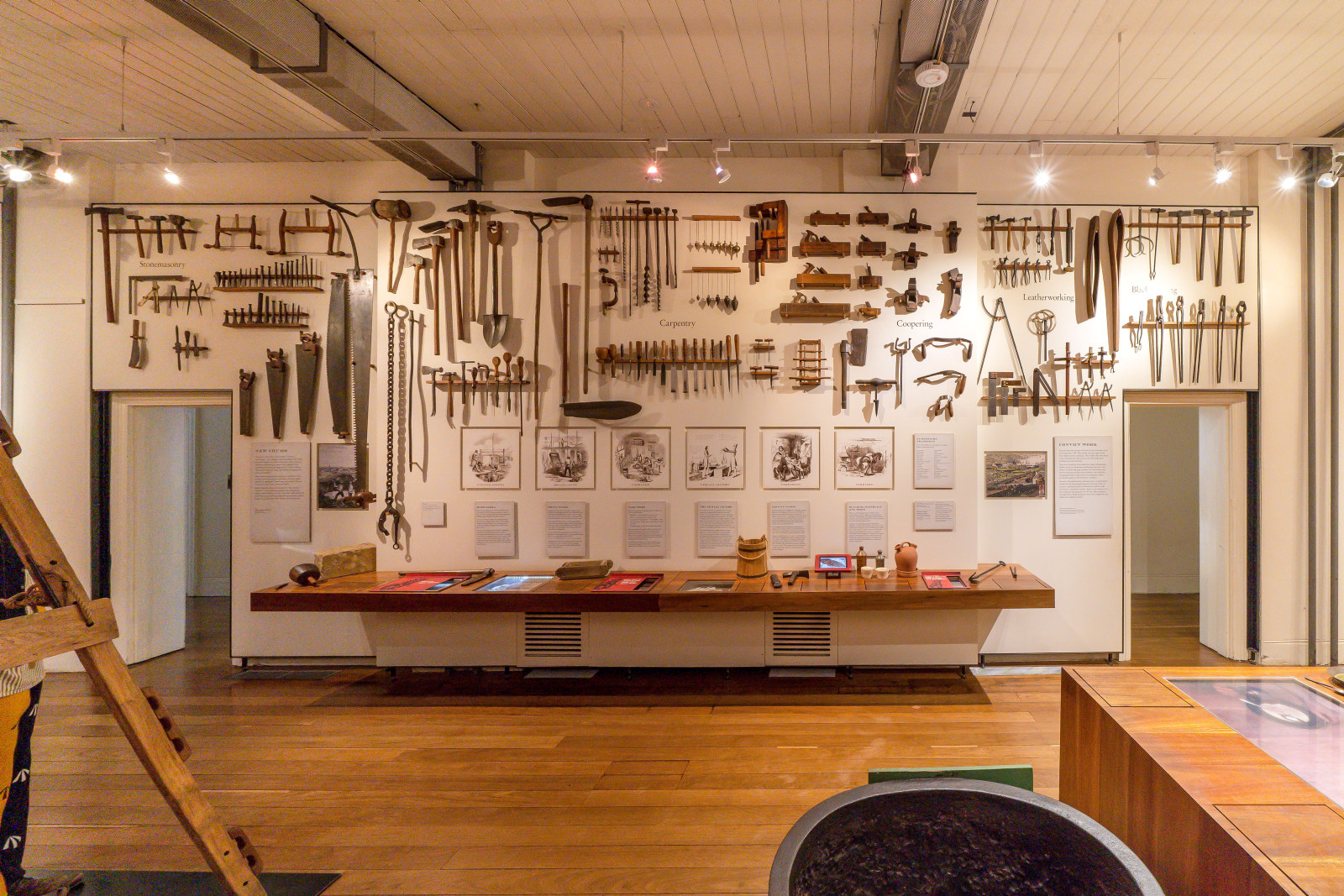
Convict Sydney
Objects
These convict-era objects and archaeological artefacts found at the Hyde Park Barracks and The Mint (Rum Hospital) are among the rarest and most personal artefacts to have survived from Australia’s early convict period
Published on
Convict stories
Browse all
Convict Sydney
Bible and prayer book
The name written inside the covers, with the year 1837, tells us these books once belonged to an English brass founder named Thomas Bagnall
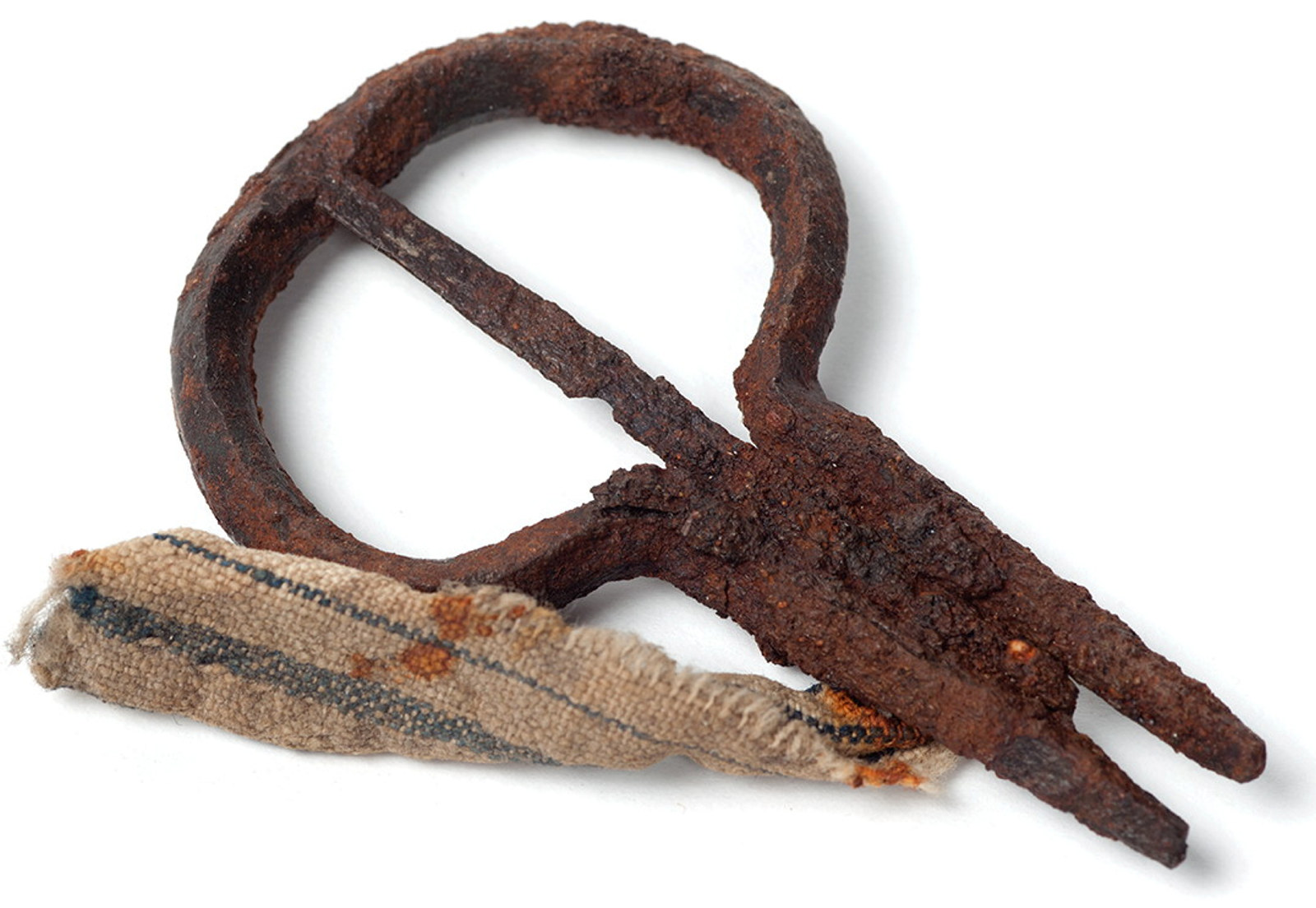
Convict Sydney
Jaw harp
This iron jaw harp was found by archaeologists at Hyde Park Barracks alongside other convict-era objects
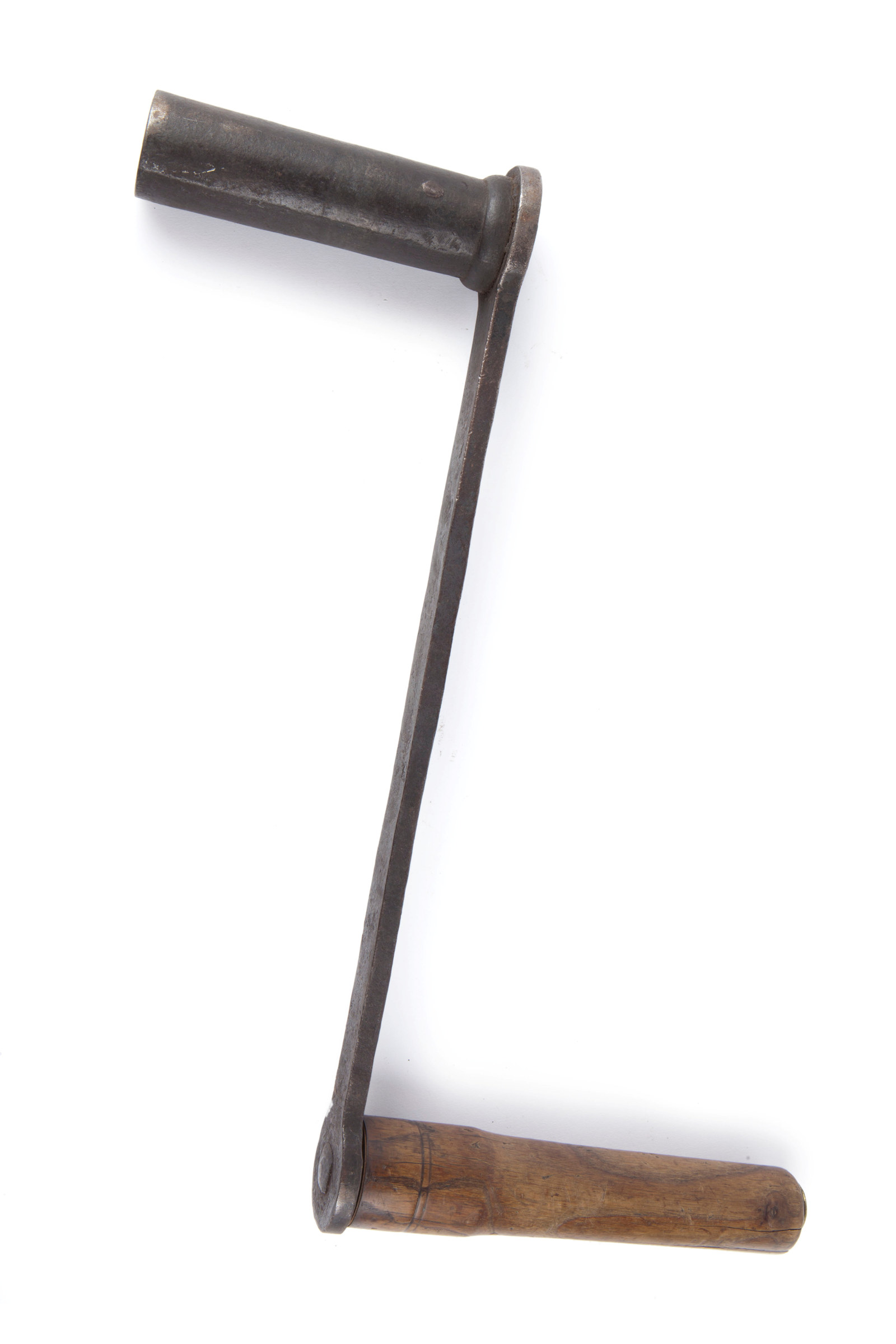
Convict Sydney
Clock-winding crank
This sturdy crank was used for many years to wind the Hyde Park Barracks clock
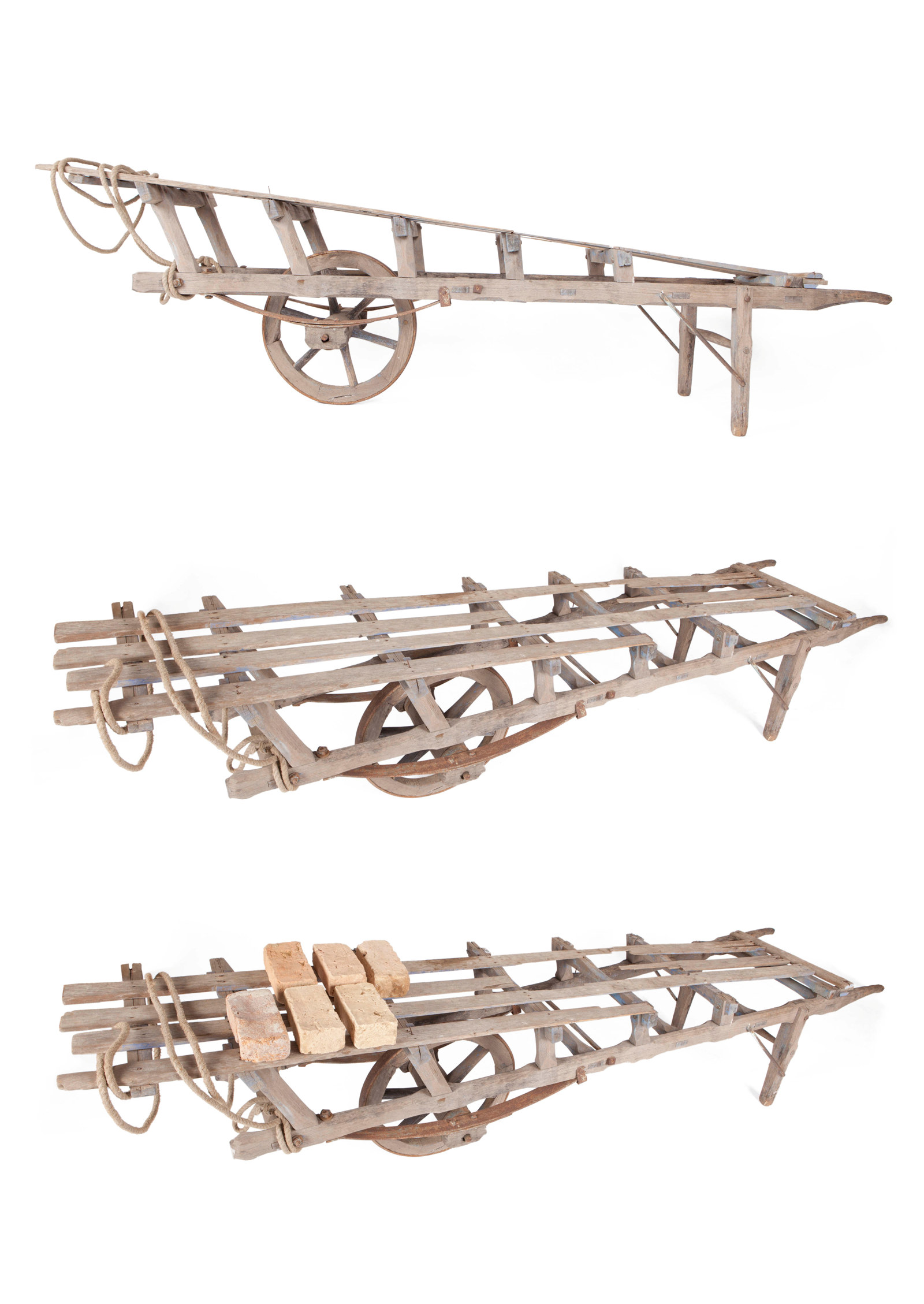
Convict Sydney
Hack barrow
Convict brickmakers working at the Brickfields (now Haymarket) used hack barrows like this one, stacking 20 or 30 wet bricks on the timber palings along the top, for transporting them from the moulding table to the ‘hack’ yard for drying
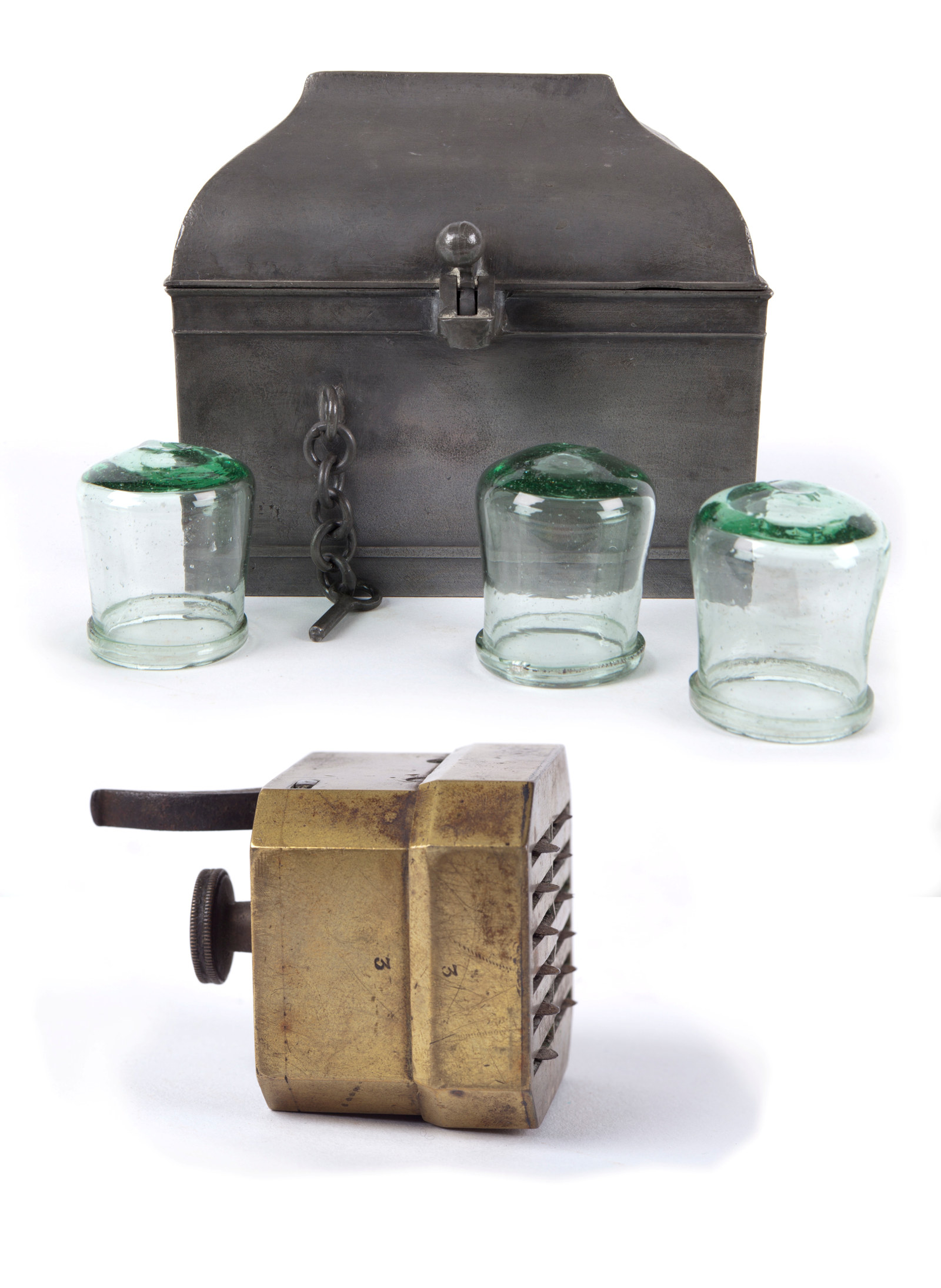
Convict Sydney
Cupping glasses and scarificator
These cupping glasses are of the type that was used in the treatment of convict patients at the General ‘Rum’ Hospital
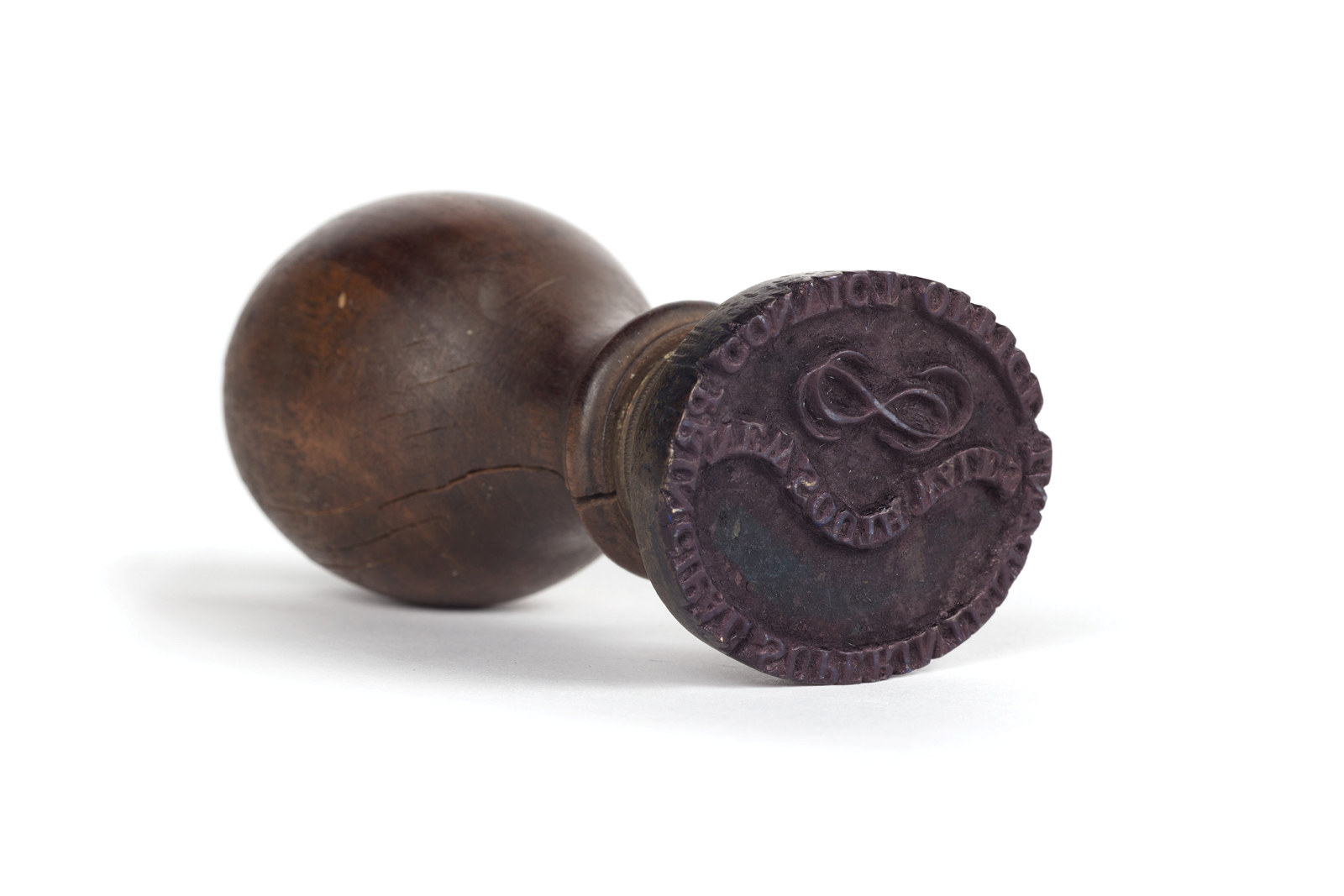
Convict Sydney
Brass stamp
Between 1830 and 1848, the superintendent’s office operated from the Hyde Park Barracks, where this stamp was most likely used on official documents and ledgers
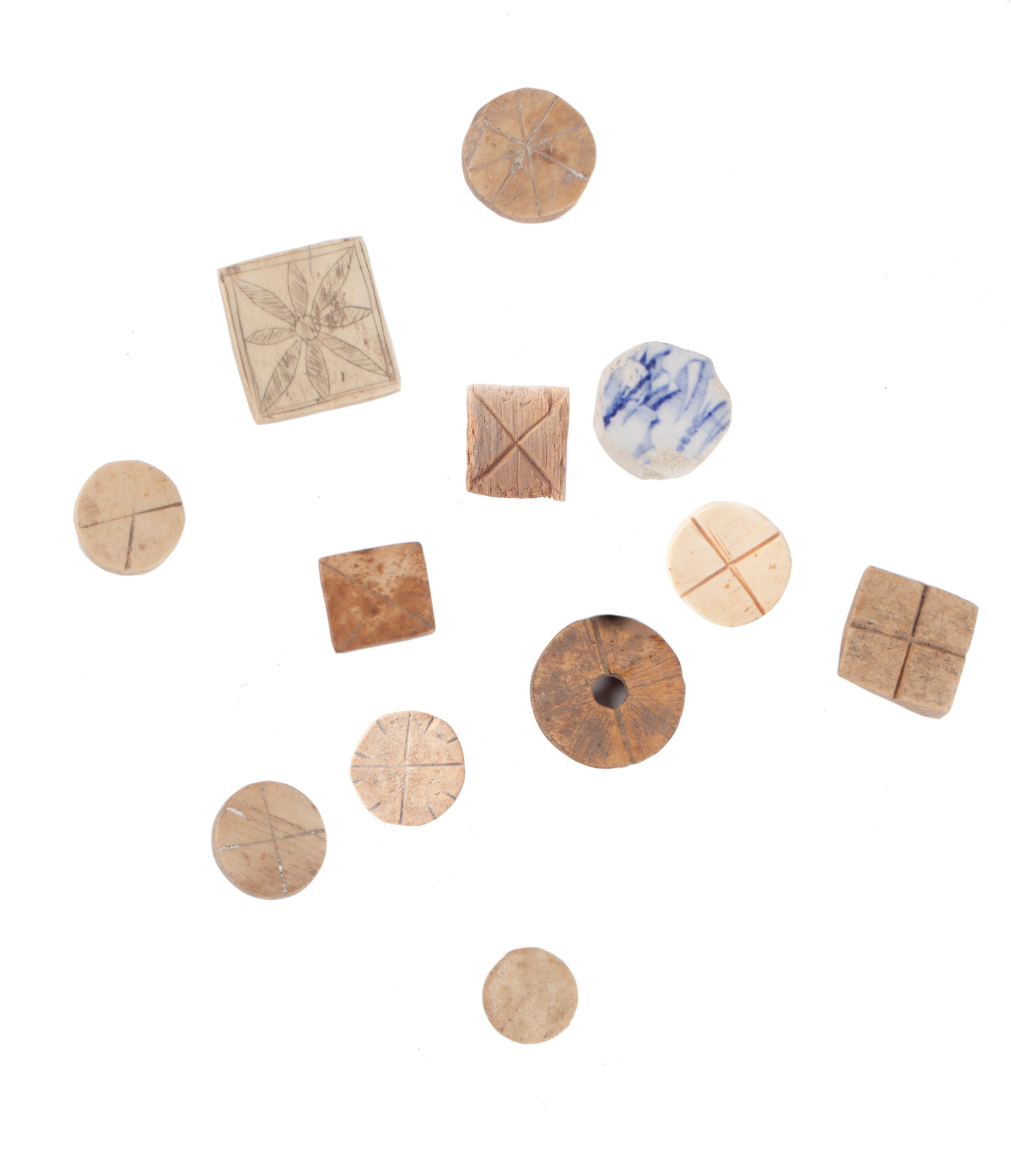
Convict Sydney
Convict gaming tokens
These bone, ceramic and wooden gaming tokens appear to have been hand-carved by convicts from rubbish scraps and animal bones saved from their meals
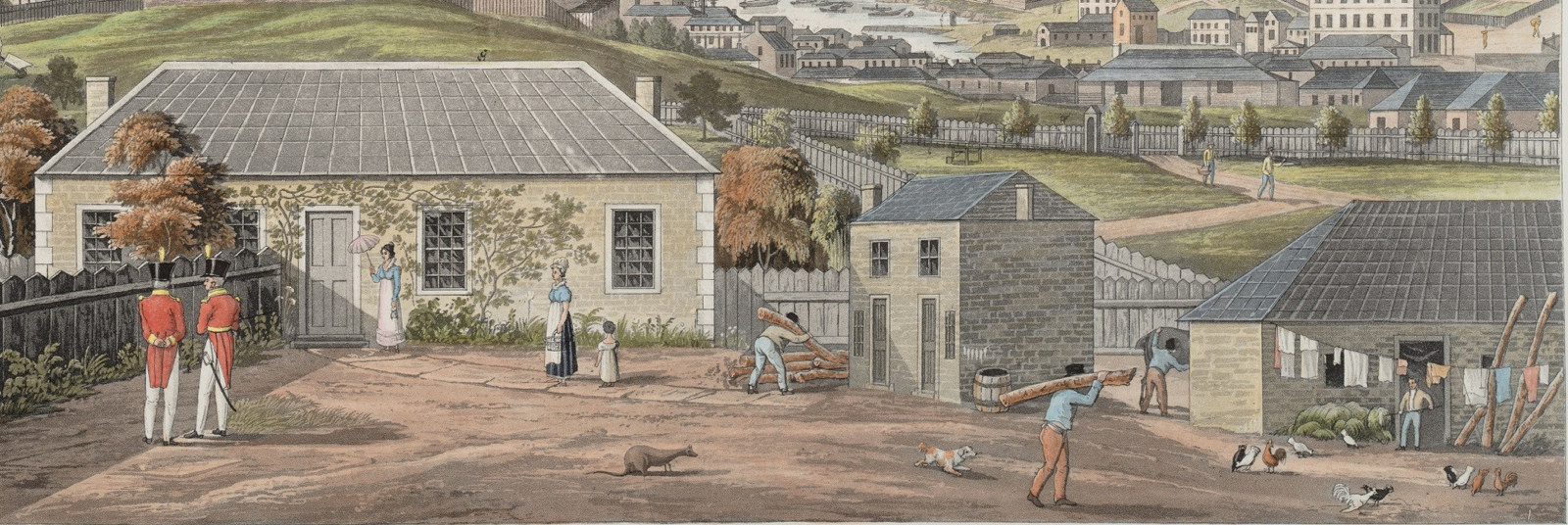
Convict Sydney
What was convict assignment?
‘Assignment’ meant that a convict worked for a private landowner
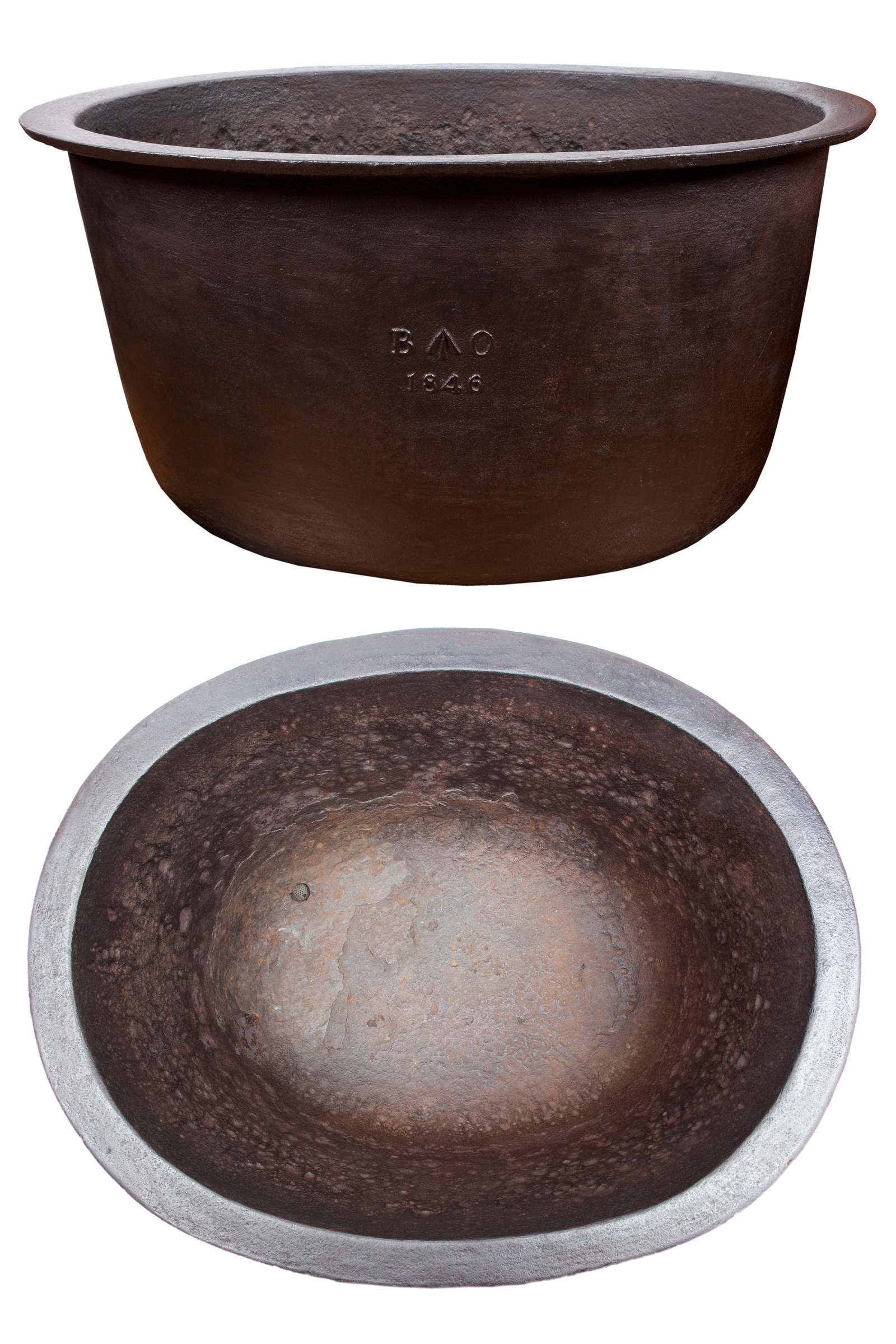
Convict Sydney
Cooking cauldron
The watery stew eaten by convicts at the Hyde Park Barracks was boiled in giant communal cast-iron pots

Convict Sydney
Clay tobacco pipes, repaired
Known as steamers to the convicts, these tobacco pipes have been repaired with resin and twine where their fragile stems broke